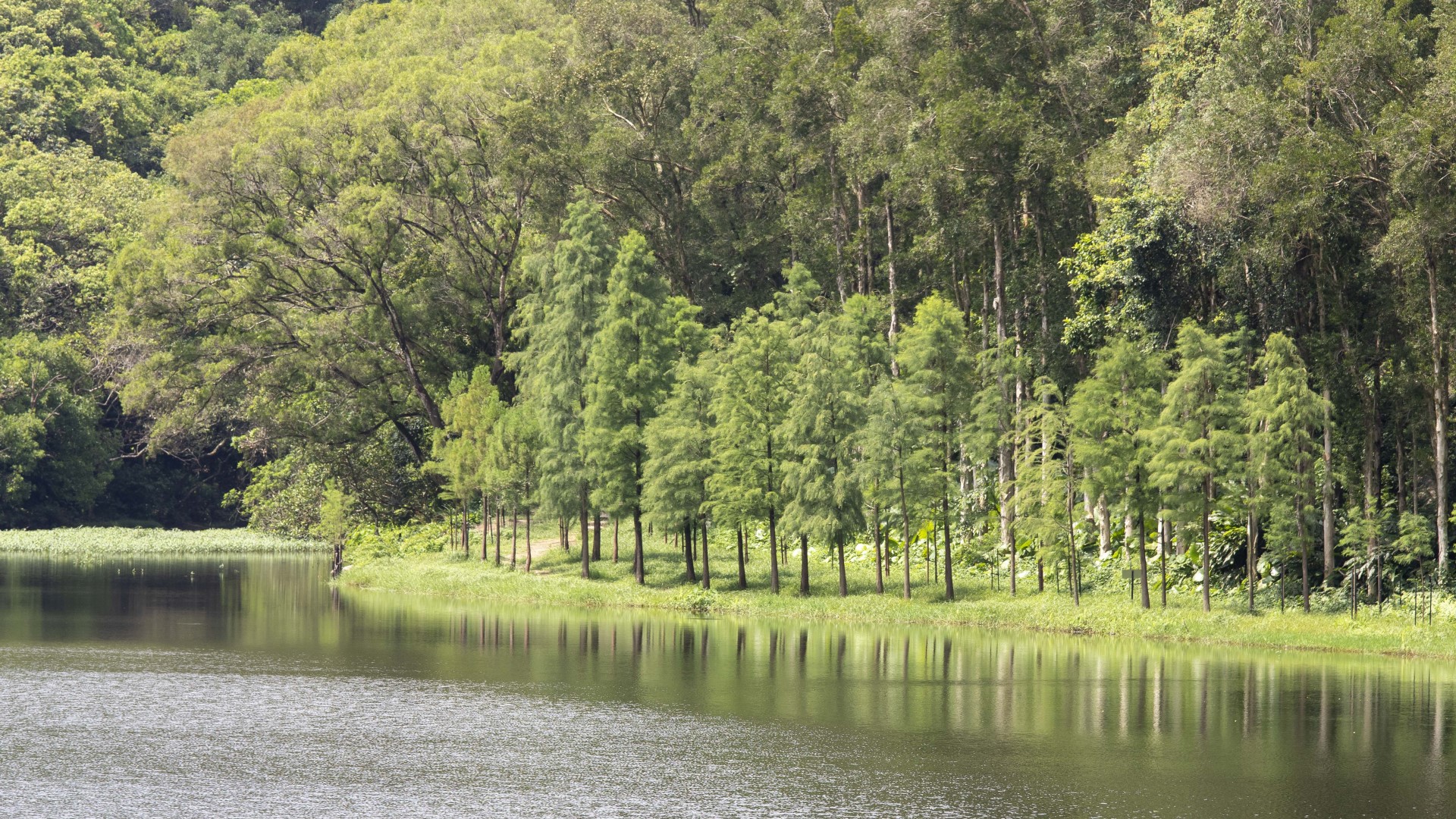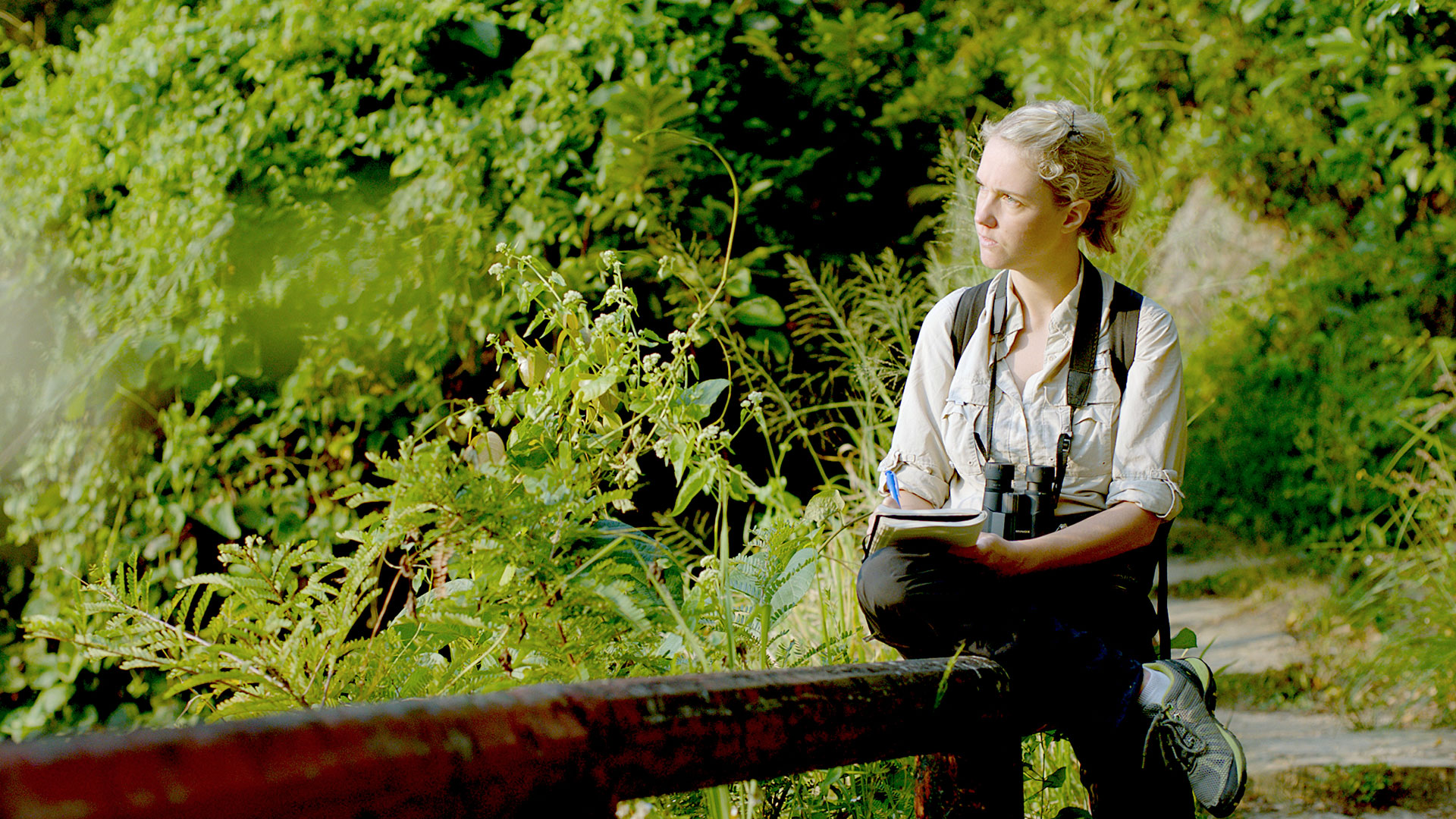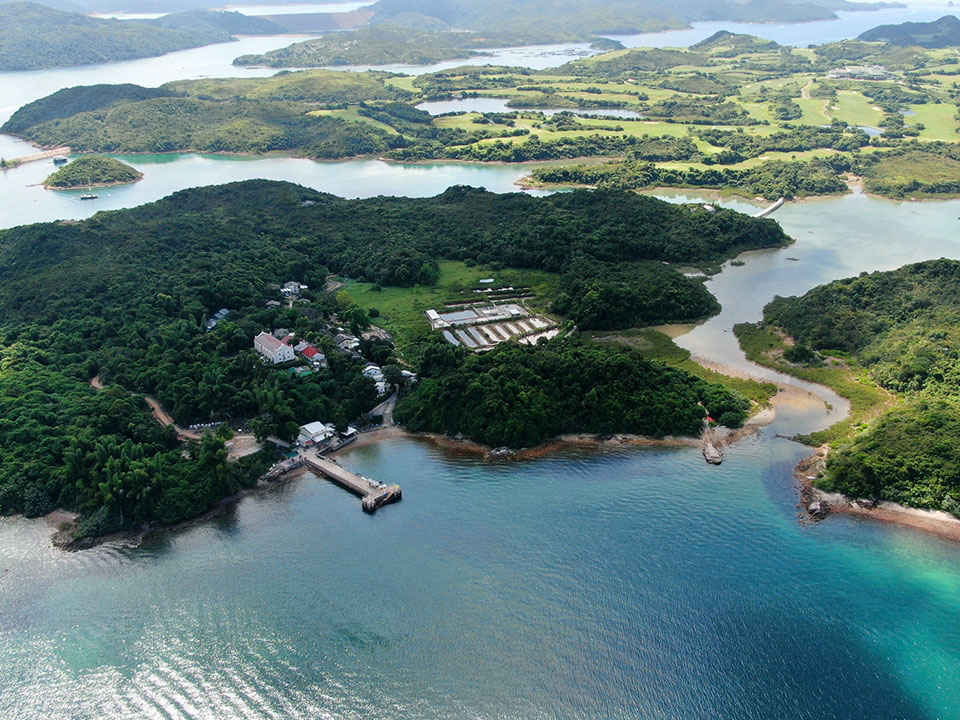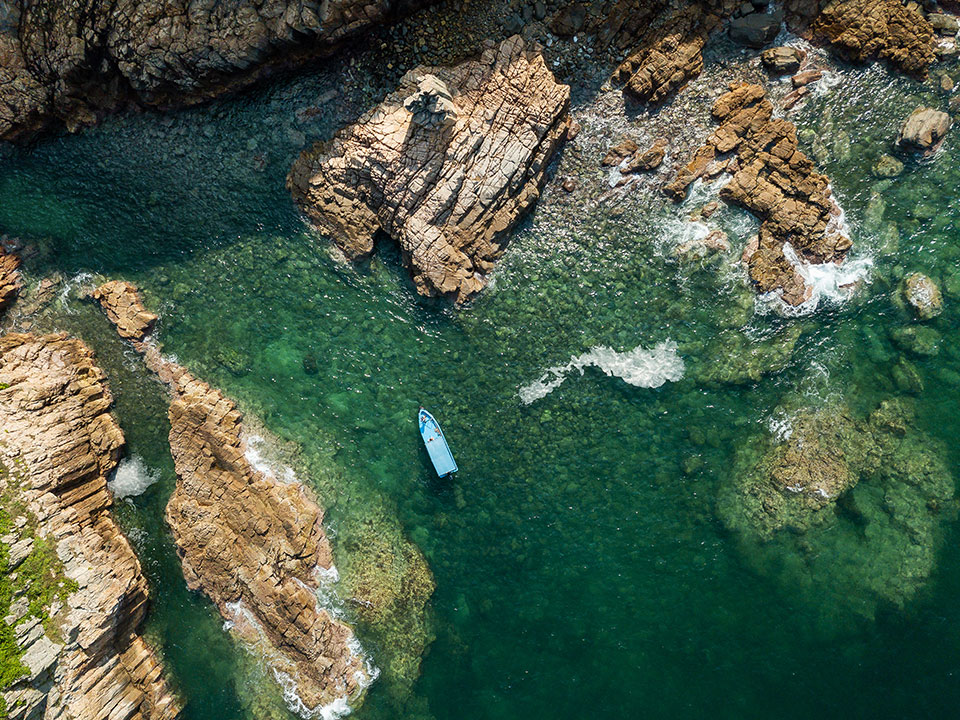Video still courtesy NAT GEO partners
With more than 250 islands, 24 country parks, six marine parks and a marine reserve, Hong Kong offers a treasure trove of natural wonders to explore and a feast for the senses. But for urban diversity researcher and National Geographic Explorer Astrid Alex Andersson, one of the greatest things about the city is that wildlife flourishes even in the heart of the concrete jungle.
NAT GEO partners
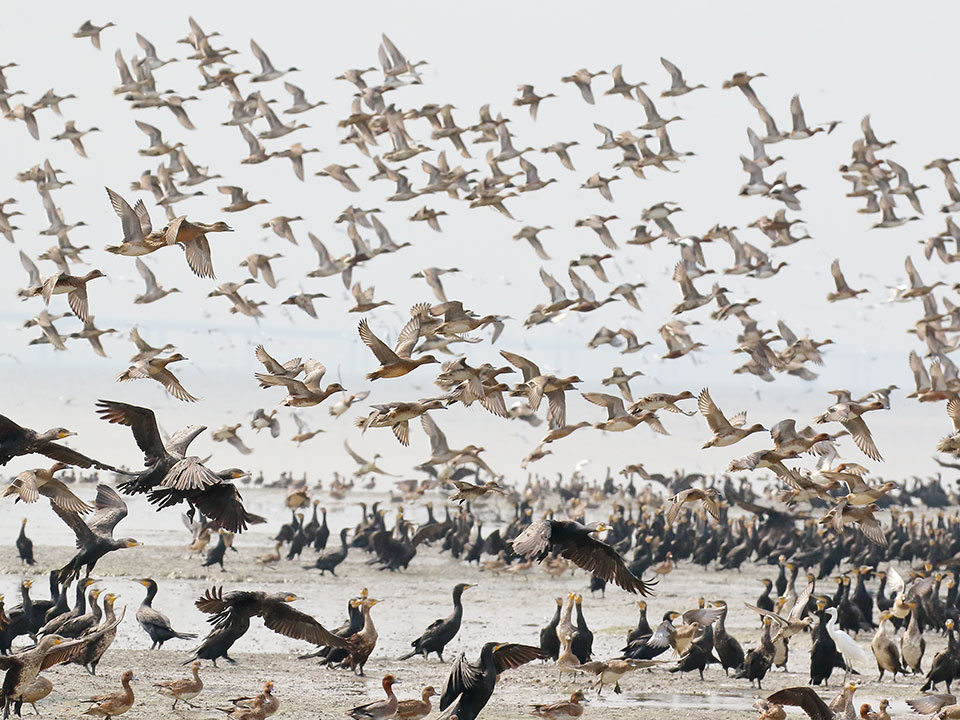
Photograph by Samson So
“The yellow-crested cockatoo, which is a critically endangered species from Indonesia, originally came to Hong Kong [many years ago] via the wildlife trade,” says Andersson of the distinctive white birds that can frequently be glimpsed soaring above the city’s CBD. “The population that we have here now is one of the largest remaining in the world. They’re real characters, very resilient and very adaptable, so it’s an interesting situation where they are thriving somewhere completely alien.”
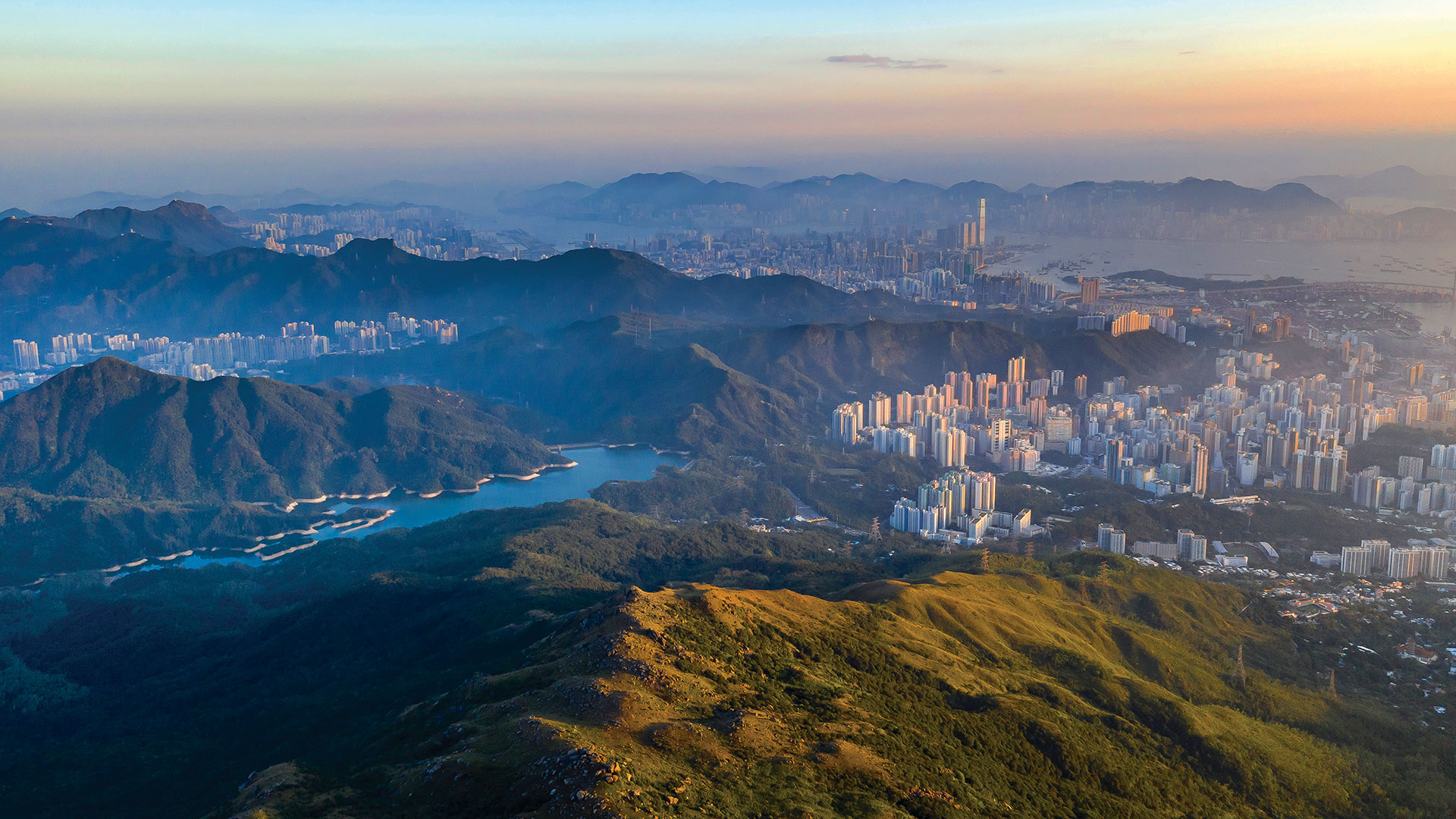
Photograph by Tugo Cheng
Andersson highlights the area in and around Hong Kong Park in Central as one of the best places to see the cockatoos — not just in Hong Kong but in the entire world — with up to 100 of them congregating there at certain times of the year. “It’s striking to see them when they roost on the skyscrapers and the sun’s going down. I’m sure the bankers on their conference calls aren’t aware that these critically endangered birds are right outside their window!”
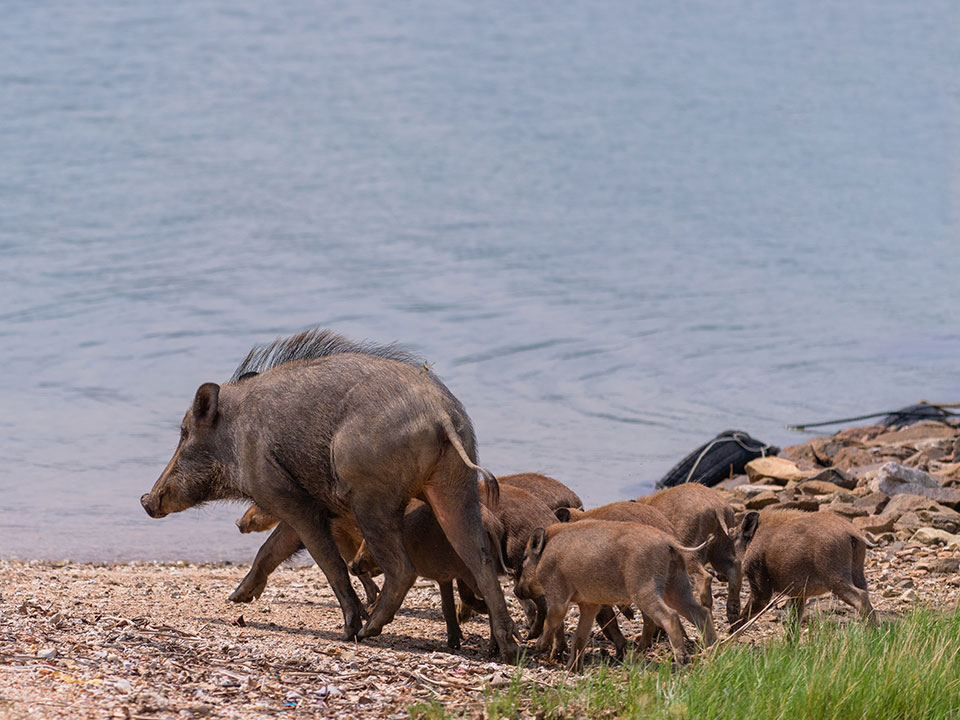
Photograph by Cat Wong, Ampersand Studio
Currently pursuing her PhD on the wildlife trade and an introduced urban population of yellow-crested cockatoos at the University of Hong Kong, 34-year-old Andersson has been immersing herself in the natural side of Hong Kong as far back as she can remember. Having arrived in the city at the age of two, when her parents relocated from Sweden, she grew up on the verdant south side of Hong Kong Island, where she delighted in exploring the natural spaces on her doorstep. “I was obsessed with finding snakes,” she says. “I wasn’t very good at it though, but it was fun. It was more the process really, just running around and looking under rocks and climbing up trees.”
This early thirst for adventure led her to seek out more of the city’s natural attractions whenever she could, a hobby which spurred her appreciation of local biodiversity. “Everyone always thinks of Hong Kong as this massive metropolitan, urbanised landscape, but about 40 per cent of the territory is protected country parks, which have a lot of very diverse wildlife in them, everything from critically endangered pangolins to many different species of birds and a plethora of insects and amphibians and reptiles.”
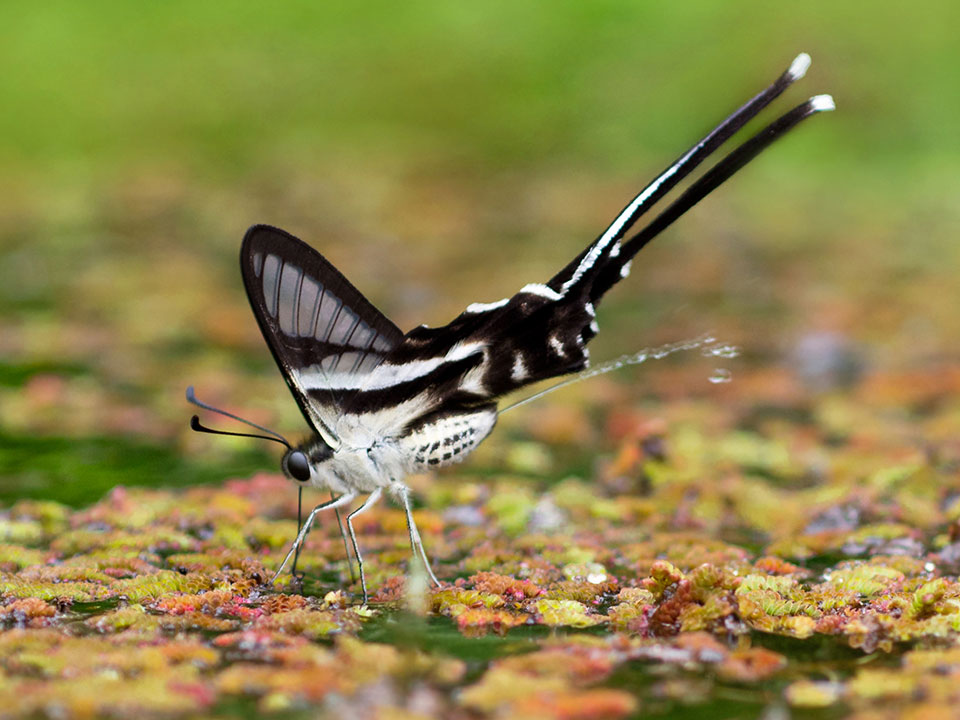
Photograph by Gary Chan
As well as the more than 240 species of butterfly that are found in Hong Kong, representing around one-sixth of the total number of species found in the whole of China, the territory is also home to more than 550 species of birds, or over a third of the nation’s total, and Andersson points to Mai Po Nature Reserve as one of the best places for those wishing to see some of Hong Kong’s more unusual feathered friends. “It’s an important stopover for migrating birds, so at certain times of year you can go there and see pretty rare species and species that you don’t commonly see in Hong Kong,” she says.
Andersson also recommends the jungle-set hiking trails around Hok Tau Reservoir in Pat Sin Leng Country Park
{{title}} Address {{address}} Website {{website}} More info and, for a taste of Hong Kong’s freshest produce, Au Law Organic Farm near Yuen Long, where visitors can sample delicious, naturally cultivated vegetables and honey. “It really is heartwarming to know that those types of places persist, where people are still farming organic local vegetables, or they’re keeping bees and they’re making their own honey. That’s a side of Hong Kong that I don't think many people even know exists.”
Ultimately, says Andersson, Hong Kong is a great example of how humans can coexist in harmony with nature, and this is something that everyone who lives in or visits the city should help to treasure. “As a city, in terms of sustainability going forward, we need to continue to maintain this coexistence with nature and encourage it where we can and support it where we can,” she says. “That to me is the new frontier of conservation, because as Asia — in particular, tropical parts of Asia — becomes more and more urbanised, that will be the way we can conserve all the species that we find.”
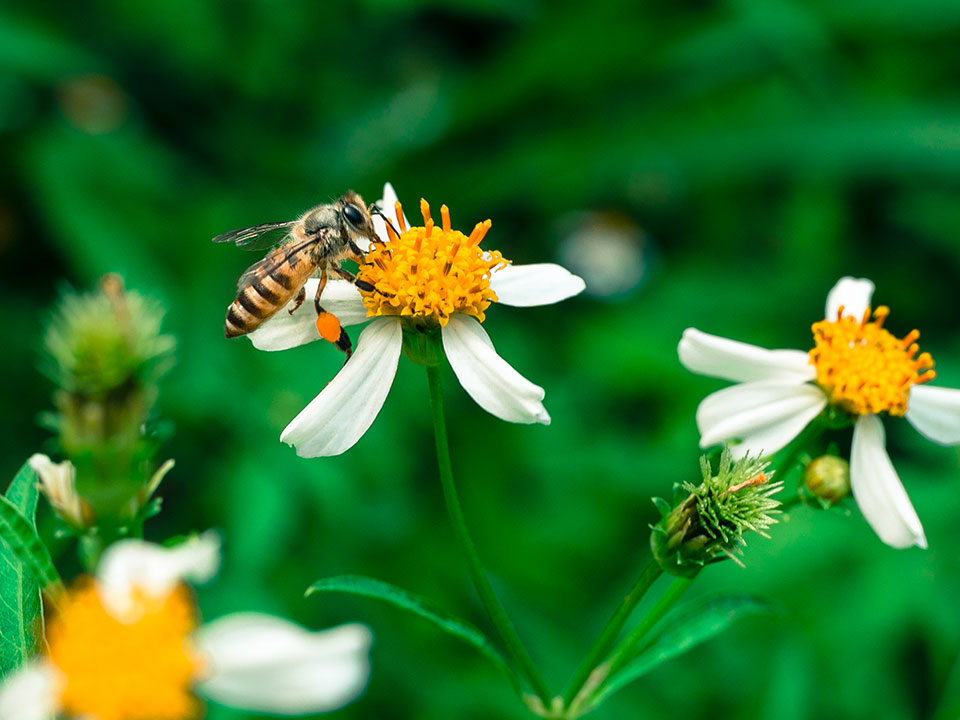
In terms of her own personal mission, Andersson says that she hopes to not only communicate her research to the general public, but also to engage them in conservation and get them interested and participating in data collection, environmentalism and raising awareness. “Because if you engage the general public or people who live in cities, and pique their interest in conservation and environmental research, then that’s how we can achieve a sustainable future that involves humans and wildlife coexisting together in even the most cosmopolitan setting like Hong Kong.”
To learn more about the melody of Hong Kong’s wildlife and natural world, see Great Outdoors Hong Kong 2020–2021: a sense of place.
Information in this article is subject to change without advance notice. Please contact the relevant product or service providers for enquiries.
The Hong Kong Tourism Board disclaims any liability as to the quality or fitness for purpose of third party products and services; and makes no representation or warranty as to the accuracy, adequacy or reliability of any information contained herein.




